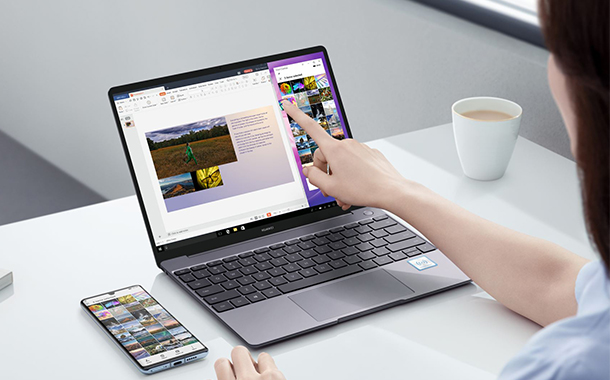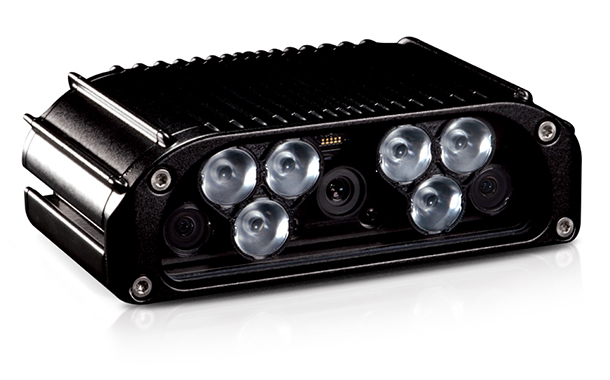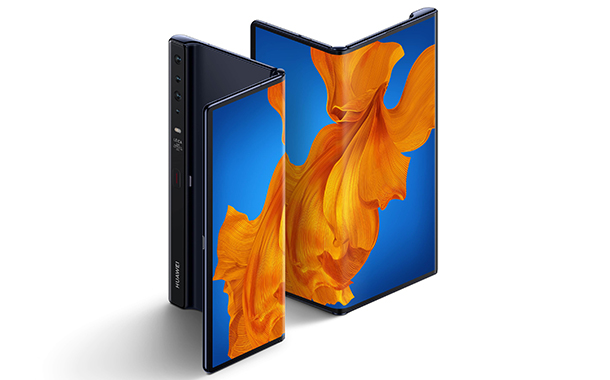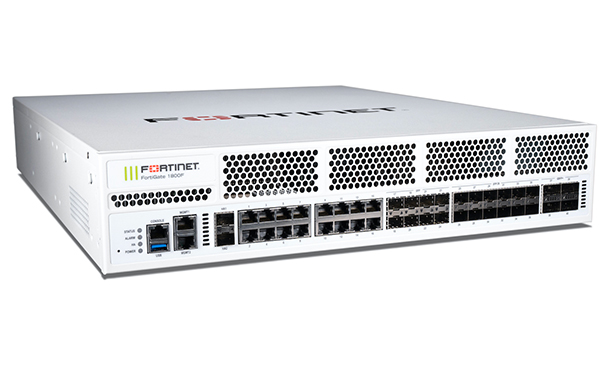Stylish design, powerful hardware and greater connectivity with other devices are the key factors that will attract young consumers to notebooks in the future. In recent years the technological evolution of smartphones has outpaced that of notebooks and as a result laptops have fallen behind in innovation, creating a wider gap between the two categories. This has not gone unnoticed among consumers resulting in a slow overall market.
However, there is potential opportunity for the growth in this untapped sector. According to International Data Corporation, global shipments grew 2.7% year over year in 2019, which was the first full year of PC growth inclusive of desktops, notebooks, and workstations since the market grew 1.7% in 2011. The Middle East region follows this trend with single digit growth.
As smartphones have proved, consumers desire devices that offer innovative solutions to meet their daily needs. Traditionally, notebooks have been split into either entertainment or productivity laptop categories. To grab the attention of consumers, notebooks should be no different and include a host of compelling features such as portability, sleek looks and advanced processing power.
Furthermore, notebooks have huge potential to improve both in terms of technology and how they connect with other devices. Huawei has seen this shifting trend and is set to shake up the segment with the introduction of ultra-thin, high performance products that connect with the company’s growing eco-system of devices.
This new generation of notebooks is designed to fit into the lifestyle of modern consumers who are comfortable with using multiple devices, such as smartphones and tablets. Increasingly these products are their preferred option for streaming entertainment. Young professionals want products that work around their schedule and that means having the ability to complete demanding tasks while connecting with other devices.
Instead of being a separate product, these new notebooks will sync with the user’s existing devices through a shared and connected eco-system of smartphones, tablets and other smart technology. Notebooks are also able to meet the user’s need for more demanding activities that require higher system performance such as gaming, programming, and creative work. As a result, they must become more specialised for their tasks, have a more business-centric focus, and continue to increase in processing power.
These new generation computers are a portable 13-inch with a high screen-to-body ratio, trendy design, high resolution display, include a discrete GPU, and a high-performance fingerprint sensor-integrated button. Huge growth is already being seen in these laptops from university freshmen, graduates, high school students, young business professionals, and young entrepreneurs. These tech savvy consumers are attracted to trusted brands that have a track record of high-quality products with unique features while also providing value for money.
Despite being a relative newcomer to the laptop market, Huawei has built a reputation for innovative smartphones, wearables and smart home devices that continuously drive technological advancements. The notebook sector not only gives Huawei a more diverse and complete product portfolio but continues the company’s path toward a shared eco-system of devices and software. This reflects a broader industry trend where the merging of PC products and mobile device technologies will continue to gather pace.
Huawei is leveraging its expertise and advanced R&D with smartphones, wearables and the smart home to become a gamechanger in the computer industry and transform it with its MateBook series. The company has built 36 joint innovation centres and 15 R&D centres around the world, which help to drive its innovation and keep it as an industry leader.
This has led to the development of the first FullView display notebook, patented recessed camera, quad-speaker setup featuring two top-firing tweeters and two bottom-firing woofers, as well as two-in-one fingerprint sensor and power button and seamless Android and PC interaction via Multiscreen collaboration.
By developing technology through consumer insights, Huawei is able to create a multi-screen, and all-encompassing digital experience so that users can truly enjoy. This has helped Huawei to earn the trust of consumers and the recognition of its partners. As the second largest smartphone vendor in the world, Huawei has built a strong brand image and global presence.
This means it is ideally placed to enter the all-rounder PC market with its range of MateBook 13, Matebook 14 and MateBook D series notebooks. These powerful computers are the solution for consumers looking for powerful, stylishly designed notebooks that seamlessly connect to an existing eco-system of devices.
Huawei is bringing the HUAWEI MateBook 13 to the Middle East region as the company sees it as one of the key markets for notebook computers. The region has a younger demographic that makes the MateBook series the ideal devices for a new generation of young professionals and entrepreneurs. The MateBook 13 has a 2K FullView Display with Ultra-thin bezels inside a 14.9mm ultra slim metallic body.
The laptop will change the way you do it all with a stylish design that houses powerful performance in a lightweight body. The devices form part of Huawei’s growing eco-system of connected products through the unique Multi-Screen Collaboration feature. Add in the all-day battery life as well as Super Charge allowing for quick recharge and you have a device you can take almost anywhere. The new range of HUAWEI MateBook 13, MateBook 14 and MateBook D series solve the needs of consumers and are competitively priced making them an attractive option for new graduates and young professionals.
The premium market forms a key focus of Huawei’s notebook strategy. The company is leveraging its experience with smartphones and wearable devices to push more innovation into these laptop computers. Modern consumers demand notebooks that close the technological gap with smartphones by delivering more power, great looks and connectivity. Huawei has already begun to build the infrastructure to connect devices into an integrated eco-system of products and services.

























